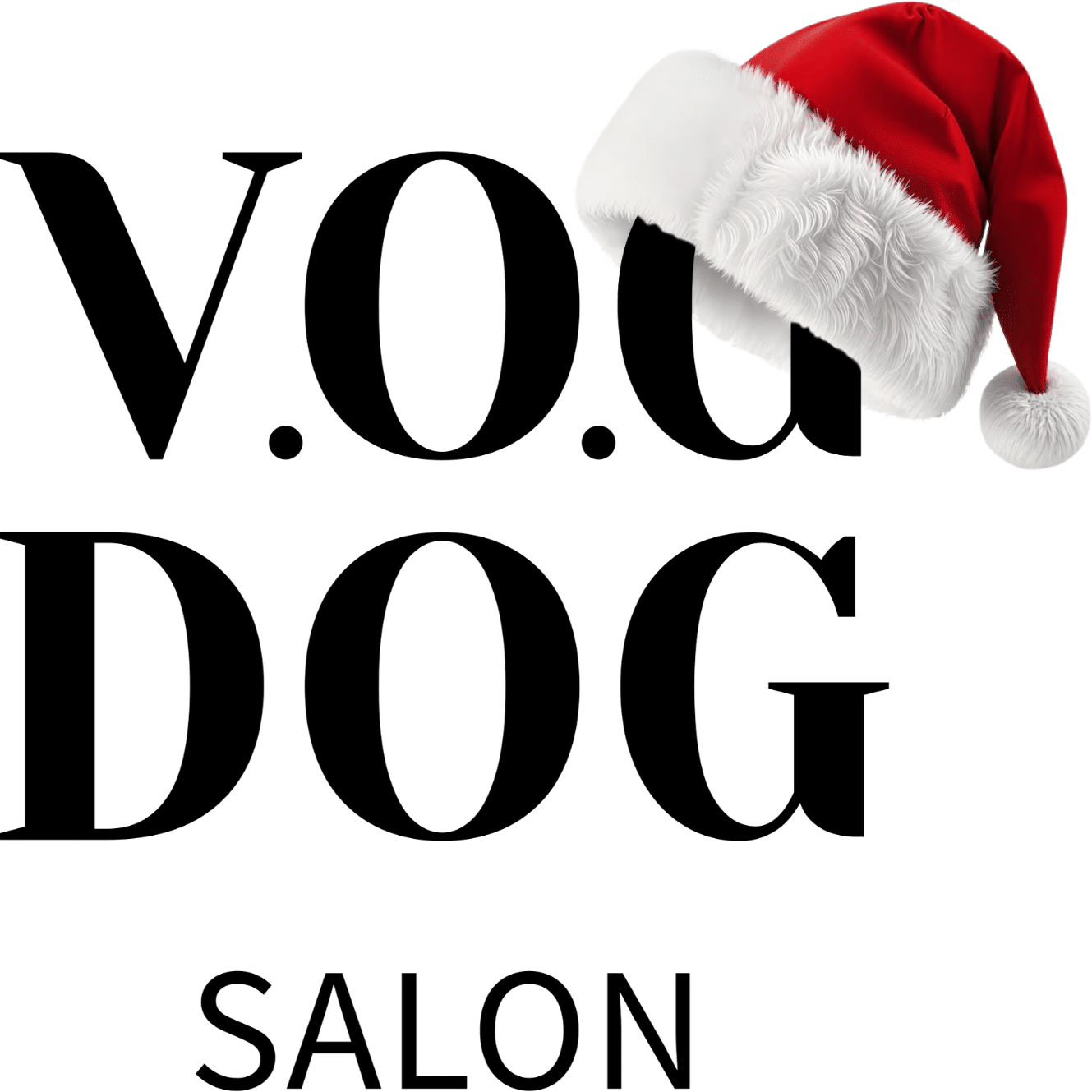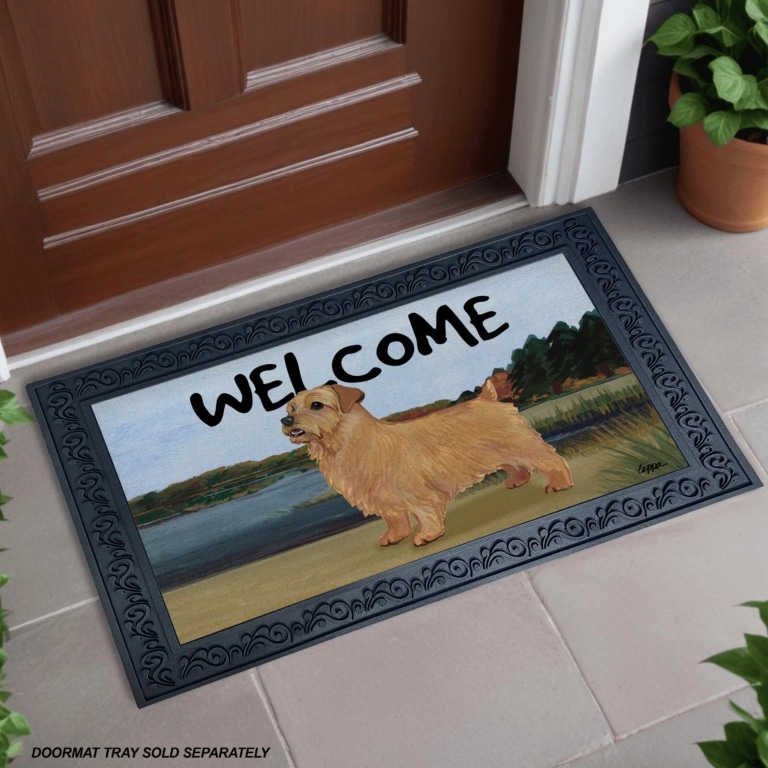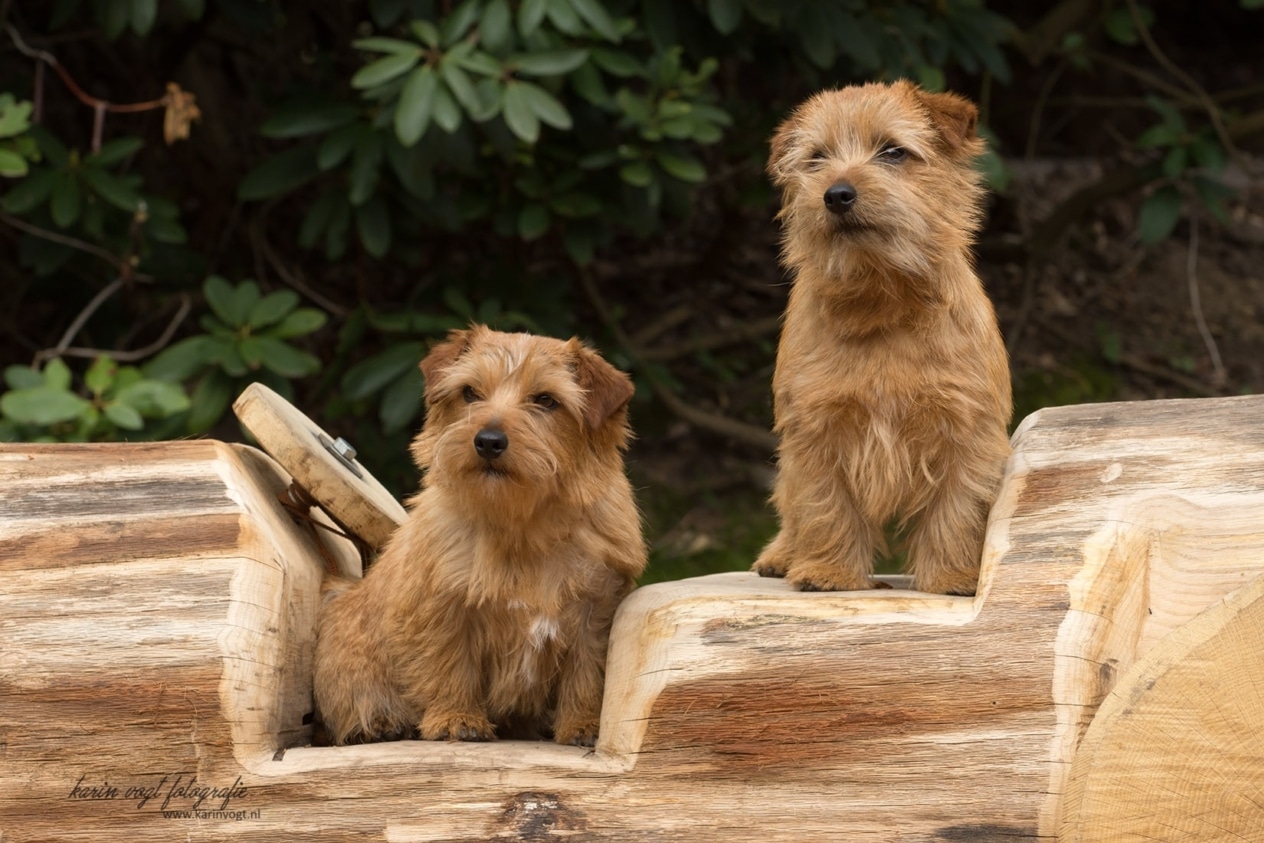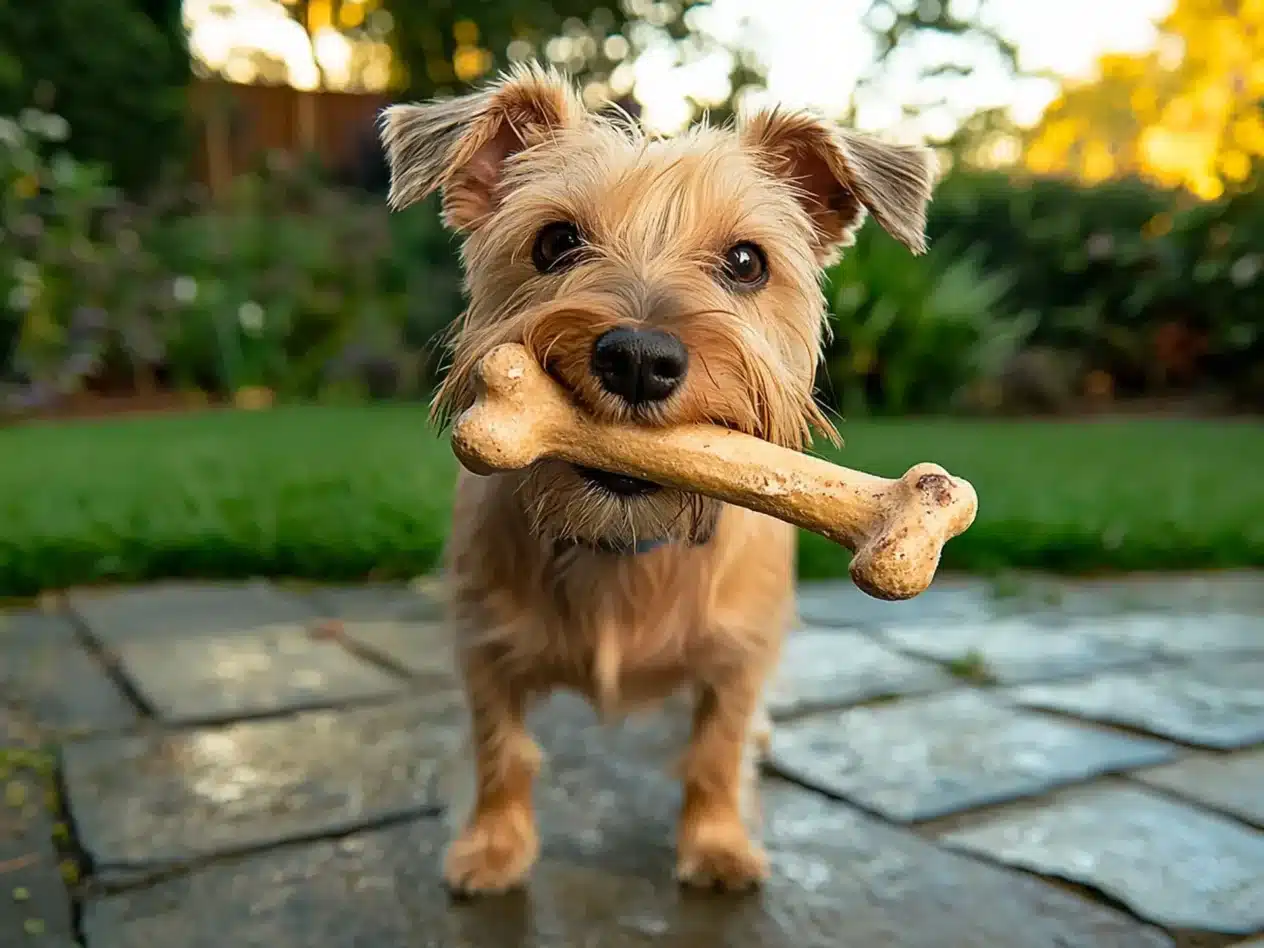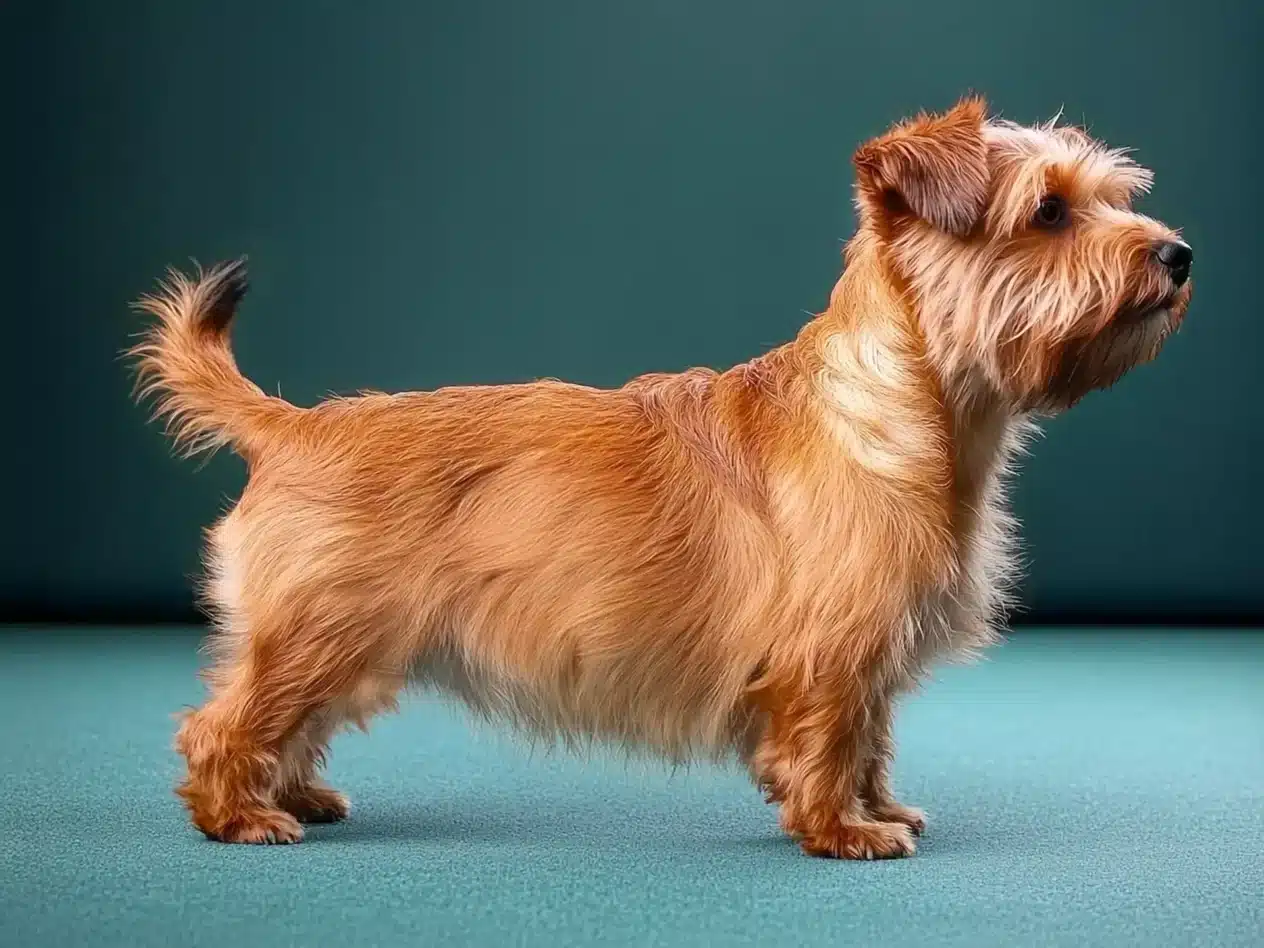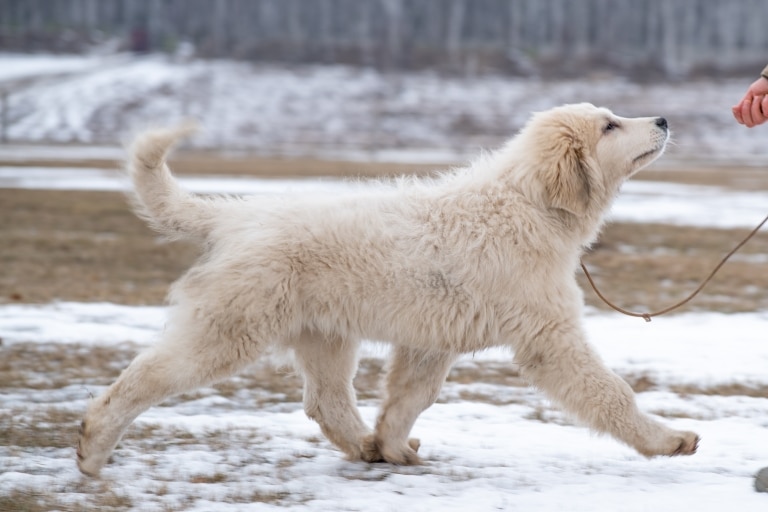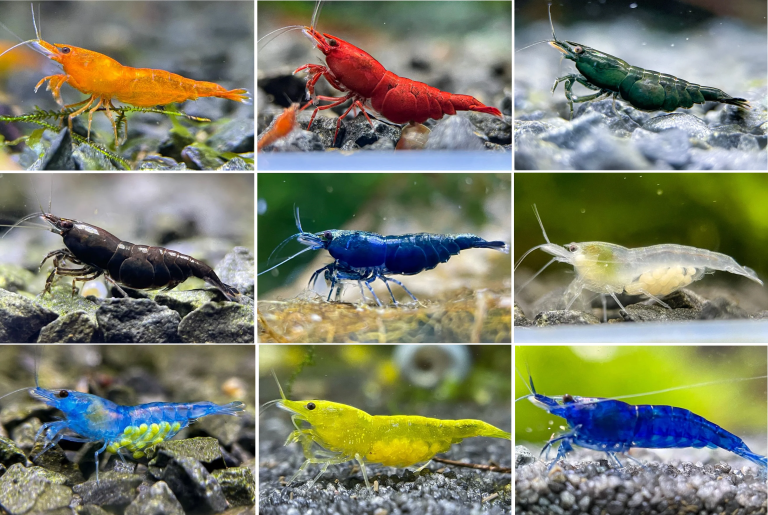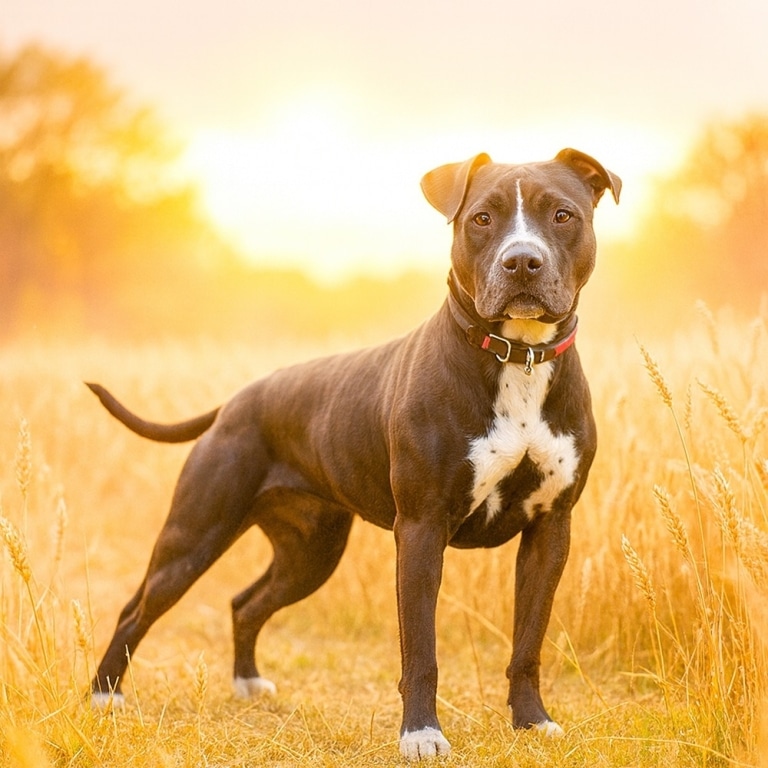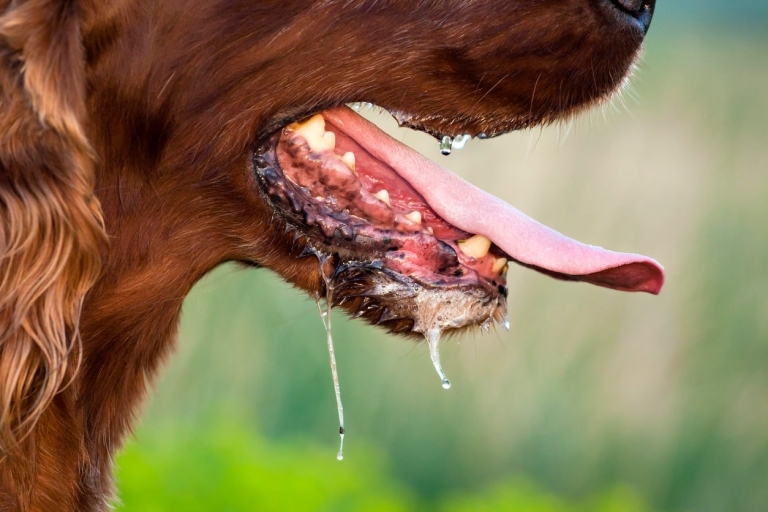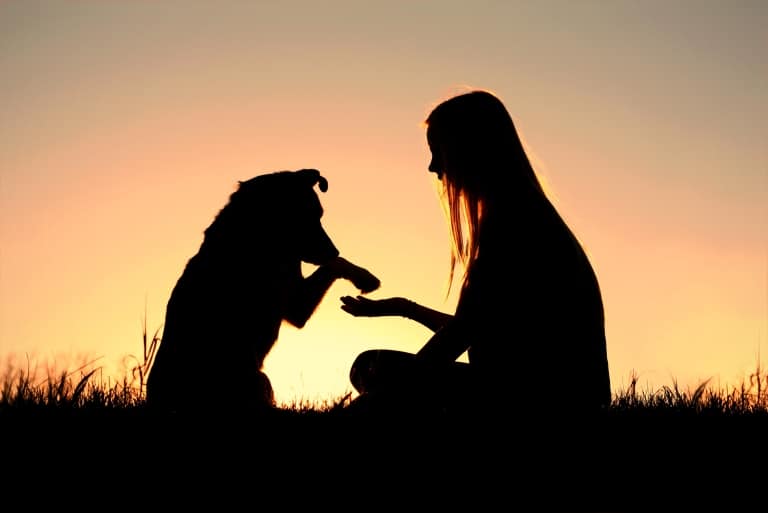Origin of the breed
The Norfolk Terrier originates from the United Kingdom, from the county of Norfolk, and is a close relative of the Norwich Terrier. Until 1964, these two breeds were considered one until the main difference was officially recognized – the shape of the ears. Norfolks have floppy ears, while Norwich Terriers have standing ears. The breed was created for rodent control and fox hunting, so it has retained a strong chasing instinct, endurance and compact build. Today, they are active companion dogs that are equally at home in a country house and in a city apartment – provided they have enough physical and mental exercise.
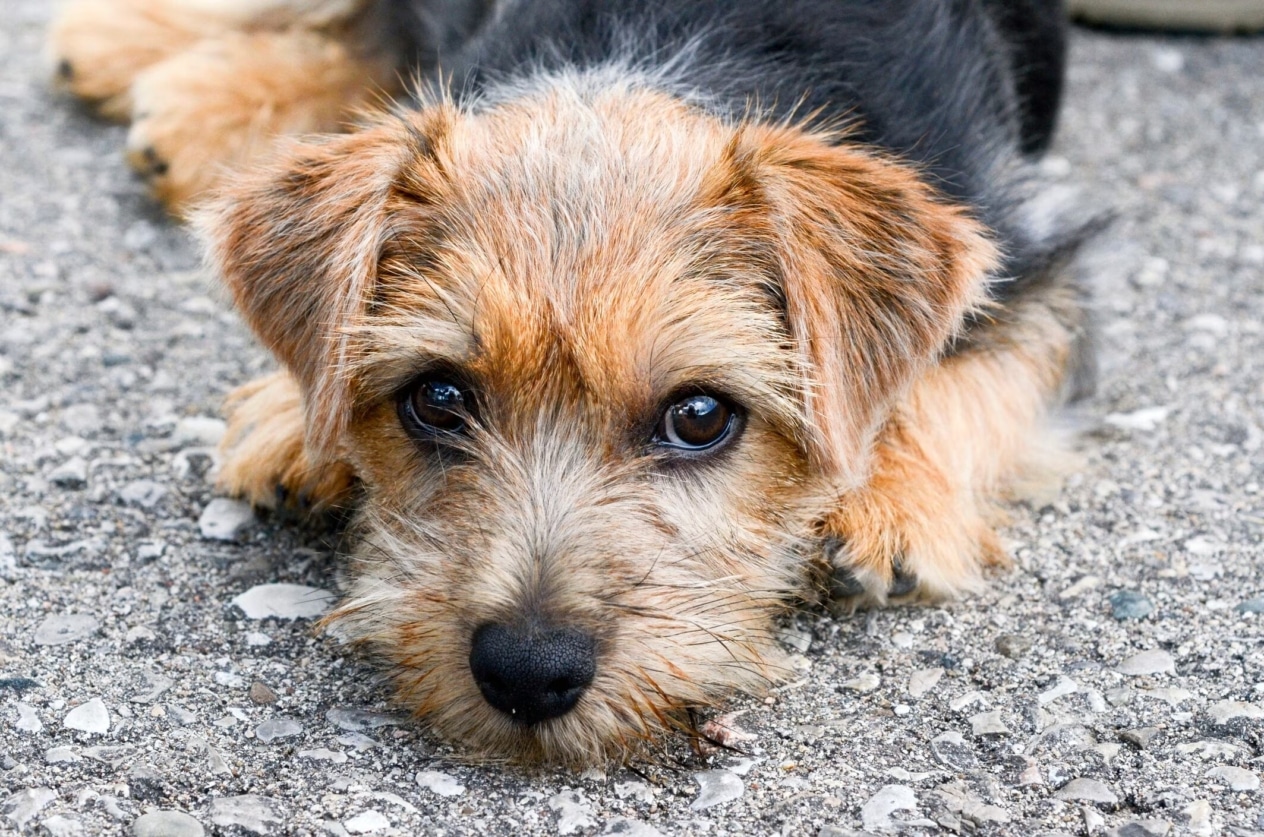
Appearance, size, weight and subspecies
Norfolk Terriers are the smallest working terriers of the entire British group. Their height at the withers is about 23-25 cm and their weight is between 5-6 kg. They have a sturdy build, short legs and a characteristic broad head with a soft, friendly expression of the muzzle. The main colors are red (the most common), black with undercoat, wheaten and gray with a reddish tint.
As for “species” within the breed – formally there are no subspecies. However, some lines may have slight differences in coat density, color intensity or typical muzzle features. These features are not considered subspecies, but may influence the type of grooming, e.g. frequency of trimming or type of comb.
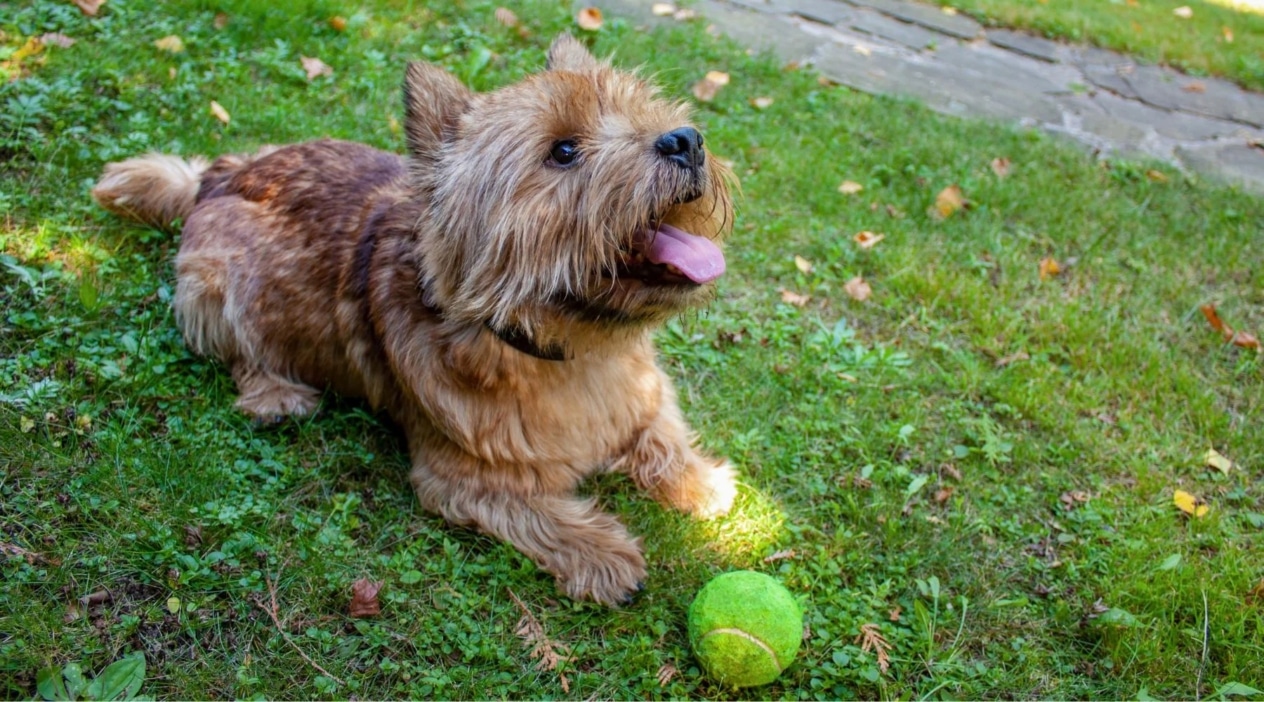
Norfolk Terrier Character
Norfolks are the epitome of friendliness, bravery and boundless energy. They love to be around people, get along well with children, and can live in a multi-breed environment if they are properly socialized from an early age. Despite their hunting roots, these dogs are rarely aggressive, but they love to dig, explore, sniff and don’t like to be bored. This is not a couch potato – they need at least two active walks a day, intellectual games and new experiences.
Norfolks have a high level of emotional sensitivity – they subtly feel the mood of the owner, respond to the tone of voice and become strongly attached. If left unattended, the dog may become bored, howl, or seek entertainment on its own (and this often includes shoes or potted plants).
Norfolk Terrier Grooming
The Norfolk Terrier has a tough, dense coat with a thick undercoat – this is not a decorative “coat”, but a real functional cover, created for protection in the field or forest. Its structure allows the dog to stay clean and dry even after walks in the rain, but only with regular and proper care. The main rule is no machine! Shearing spoils the hard coat, makes it soft, split, fluffy and prevents it from regenerating.
Trimming is mandatory and only by hand.
The Norfolk Terrier’s coat does not shed in the usual sense – it matures, after which the dead hairs must be plucked by hand. This is called trimming or stripping. If you don’t trim your dog regularly (once every 2.5 to 3 months), the coat will start to fall out in shreds, stick together, become dull, and the skin will become oily or, on the contrary, over-dried. Ideally, Norfolk Terrier trimming is carried out gradually, without stress, in several stages, with obligatory skin massage and care of the muzzle, paws, tail.
Grooming complex in the salon includes:
– manual trimming on the body, shoulders, hips, neck
– scissor correction of ears, beard, paws and tail
– ear cleaning with special lotion
– clipping and grinding of claws
– cleaning between fingers and paw pads
– beard and eye area grooming
– bathing with professional shampoo for hard-coated breeds
– Finishing combing and skin examination
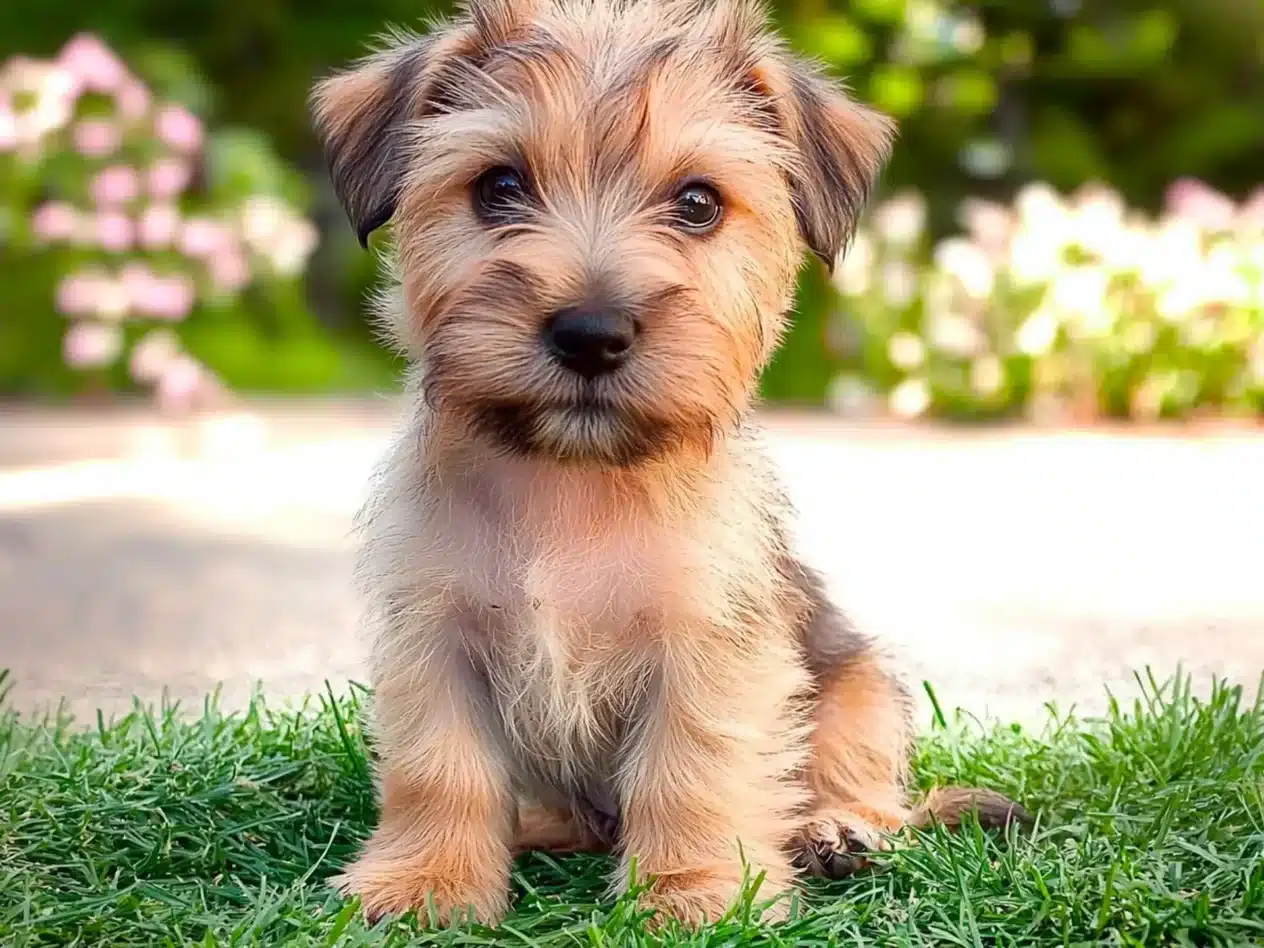
At V.O.G DOG SALON, the groomers know what the breed standard should look like and how not to traumatize the coat. Improper grooming once can “kill” the coat structure for years. That is why Norfolks need not a “barber” but a groomer with experience with trimming.
Conclusion
The Norfolk Terrier does not require daily combing or elaborate styling, but it does require proper trimming, respect for coat structure and a thorough understanding of the breed. With this approach, your Norfolk will look not only stylish, but also natural – like a true representative of the old English terrier school.
